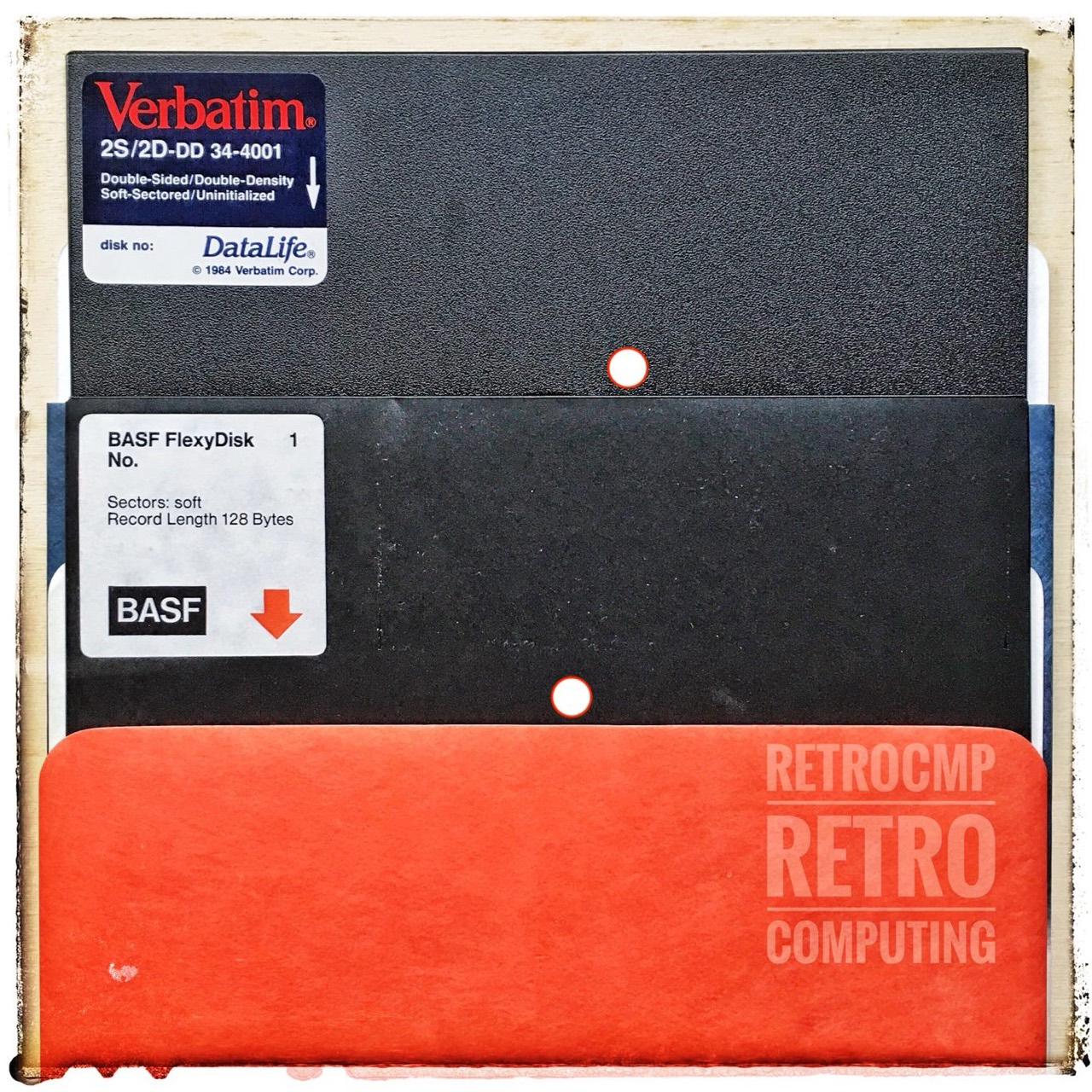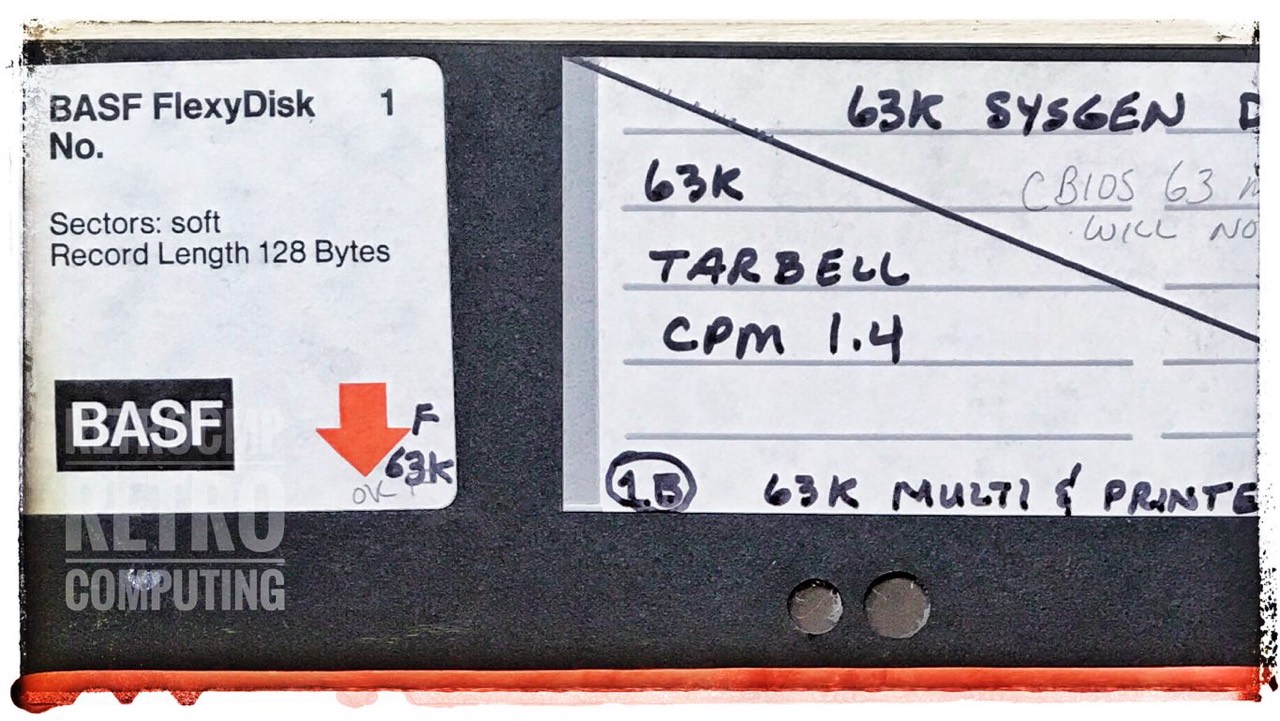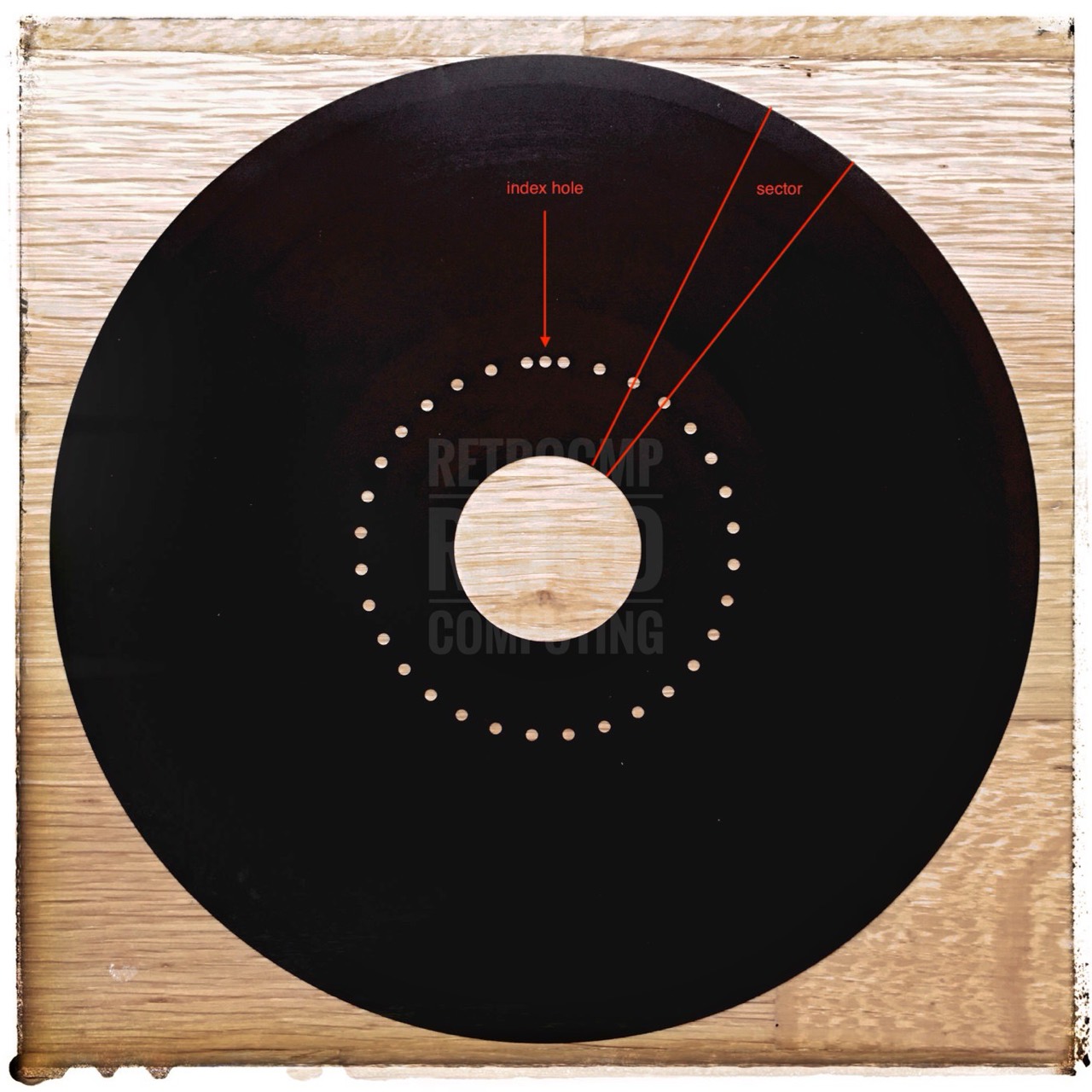Are You Soft or Hard?
Last revision of this page: March 4, 2025

Soft - One Index
Single Sided, Double Sided & Flippy Disks
The difference between a one-sided and a two-sided 8 inch disk can be easily recognized by the position of the index hole.

What is a Flippy Disk?
Floppy disks were expensive back then! Why not just flip a one-sided disk and use it on the other side too? Nothing easier than that. Just punch a second hole into the 8 inch disk and you're done. This is how the so-called flippy disks were created.

To the right the original index hole and to the left the homemade one. It is a bit smaller, but works fine in operation.
8-inch (soft sectored) diskettes are physically either single-sided, or double-sided. The difference is NOT in the rotating media inside the sleeve; the difference is in the location of the index-hole in the SLEEVE. The sleeve's index hole is at a different location (rotary angle) for SS versus DS. But the rotating media (the cookie with the magnetic coating) is almost always the same for both; coated on both sides. And the magnetic coating is the same for single-density and double-density. So you can reformat between single-density and double-density (with controllers that can do that). Drives are NOT "single or double density"; they are single or double sided (one head or two heads).
Why doesn't matter much. But a 8" double sided drive, can 'tell' immediately if a diskette is single sided or double sided. Then it knows where the track starts (relative to the rotary angle of the rotating media). And an 8" single-sided drive, cannot operate a double-sided diskette (and goof up half the diskette).
Regarding "bulk erasers". Look up "bulk audio tape erasers". From the era of audio tape. They are good for scrubbing diskettes too. [2]
Hard - One Index & 10, 16 or 32 Sectors
-
Hard sector means that the DISKETTE (not the drive) has multiple holes, one for each sector. Normal (soft sectored) diskettes have only ONE hole to mark the "index" or beginning of a track. There is a small hole in the envelope (8-inch, 5.25-inch) which exposes this hole to the disk drive. For hard sectored disks, there are additional holes to mark the beginning of each sector. The index hole is an additional hole between two sector holes.
-
5.25 inch hard sector diskettes came with 10 sector (11 holes) and rarely 16 sector (17 holes). To count holes, grab a diskette. Rotate the "doughnut" inside the diskette's envelope and count the holes. Remember the index hole is in between two sector holes (so a smaller spacing). Classic systems which used 5.25 inch hard sectored diskettes include Heath H89 (10 sector), NorthStar (10 sector), Vector Graphic / Micropolis (16 sector 5.25-inch).
-
For 8-inch diskettes, hard sectored diskettes came with 32 sectors (33 holes). These disks were otherwise identical to soft-sectored 8-inch diskettes. But, there was another, even older hard-sectored scheme, where the index hole was near the outer edge of the envelope and far offset from center. Details on the older version are below.

Hard-sectored 5,25" and 8" floppy disks were never ever used in IBM-compatible computers, but here is an amazing solution for Windows 10 & 11.
Reference
- (↑) Herb Johnson: http://www.retrotechnology.com/herbs_stuff/drive.html#facts
- (↑) Herb Johnson (hjohnson), VCF, March 17th, 2019